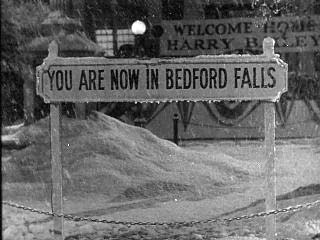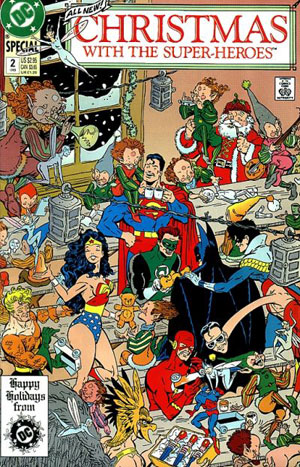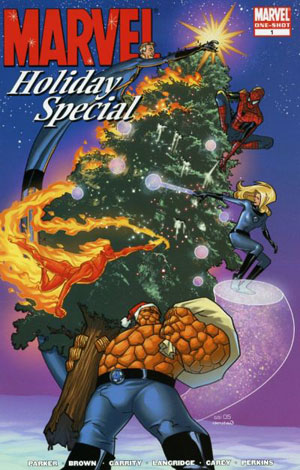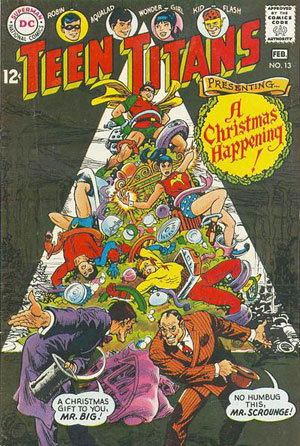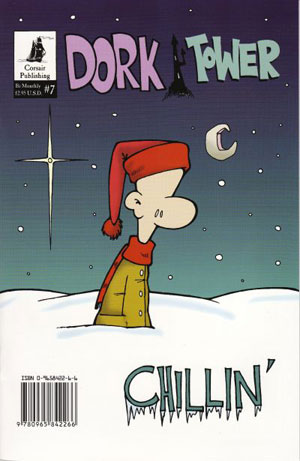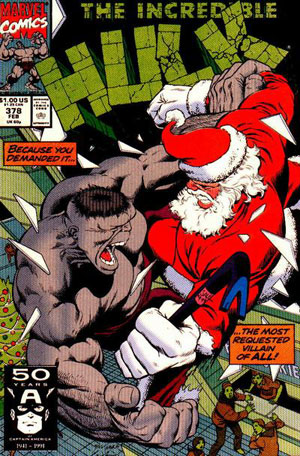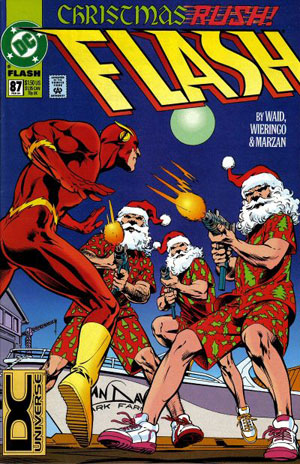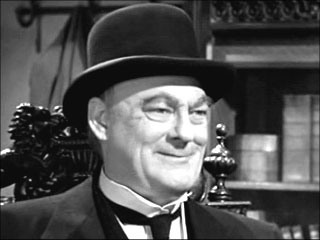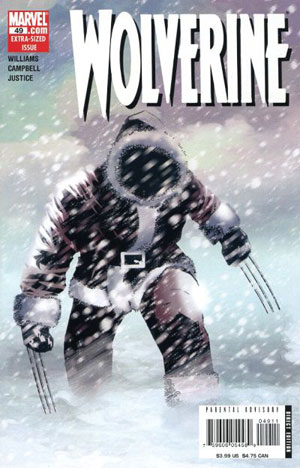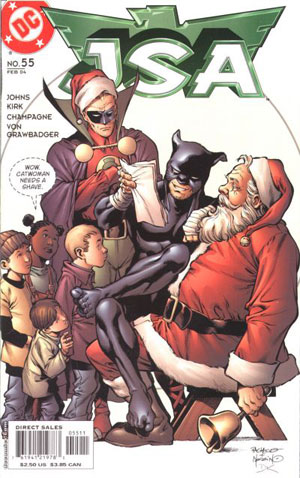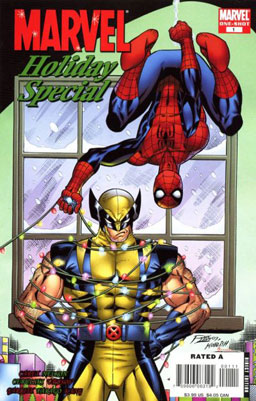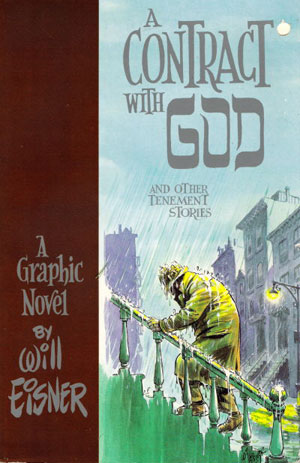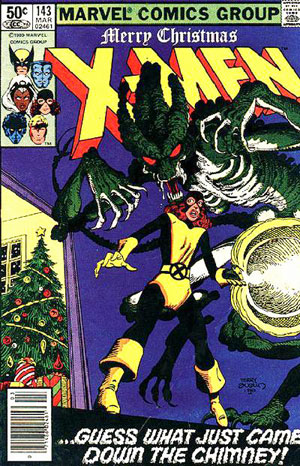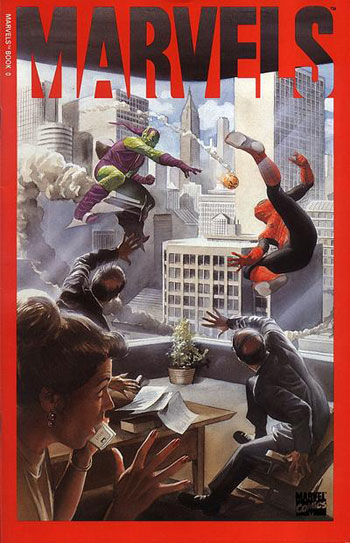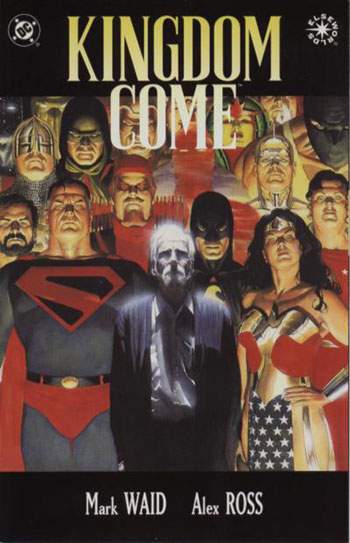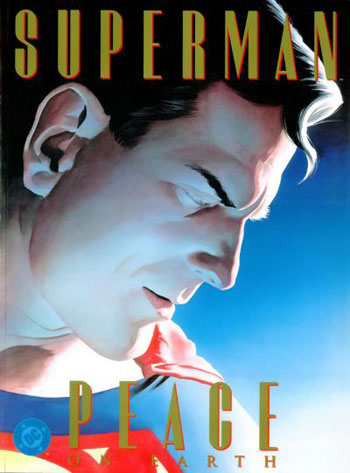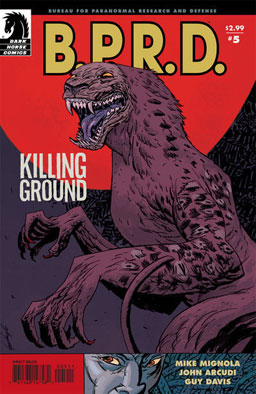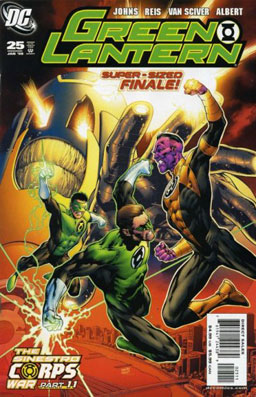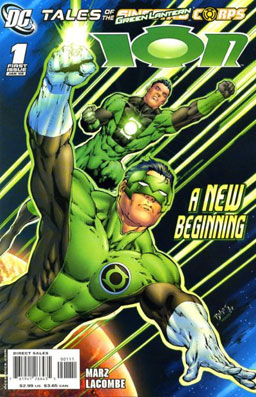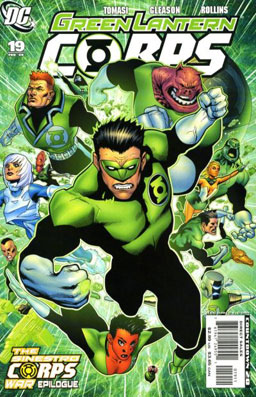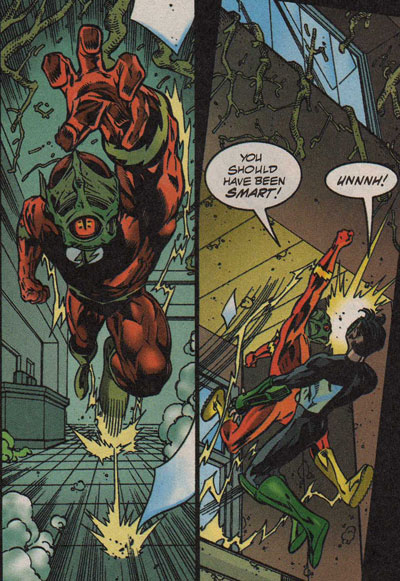As I’ve mentioned before, I think DC’s character the Spectre has some serious, serious problems.
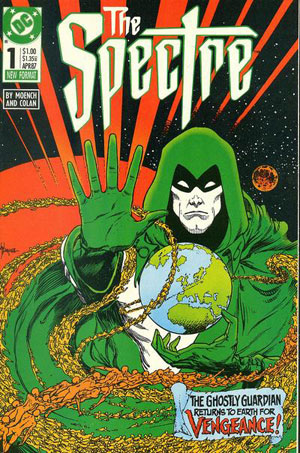
When the character was created back in 1940, he was really just a ghost — a very powerful ghost, but still only the vengeful spirit of a murdered man. Over the decades, he’s grown more or less powerful, depending on who’s writing him. In the ’90s, John Ostrander reimagined him as the heavenly incarnation of the Wrath of God, with near-infinite power — at one time, he destroyed an entire country because it had a history of ethnic cleansing and later threatened to kill everyone in New York because the state planned to execute an innocent man. The Spectre was also the go-to guy when it came to confronting cosmic universe-destroying villains — he was the only being powerful enough to directly fight bad guys like the Anti-Monitor or Parallax.
More recent versions of the character, however, have him abandoning the few moral codes he followed previously — he went on a universe-wide campaign against magic, killing thousands of people in the process, and later set up shop in Gotham City and later El Paso, gorily killing people who had killed others — including those who had killed in self-defense and those who had accidentally killed. At one point, the Spectre even refused to save an abducted child so he could kill her murderer after she died.
Just to sum up — we’ve got an omnipotent and omniscient character who spends his time killing black people in tenement apartments and Hispanic people in El Paso prisons, while completely refusing opportunities to: wax the Joker, who’s killed thousands of people; shut down the Sinestro Corps War by wiping out genocidal maniacs like the resurrected Anti-Monitor, Sinestro, and Superboy-Prime; take out a few dozen murderous dictators and serial killers worldwide.
This isn’t a heroic character. He’s not even much of a villain — if he was, he’d be threatening to blow up the Earth with a Holy Hand Grenade of Antioch. The Spectre is, as currently written, just a very, very, very poor character.
“So is there any hope for the Spectre, Scott? Can anything be done to save the character?”
Glad you asked. Here’s what I’d do.
Our main problem is that we’ve got a character with no limitations on his abilities or powers, and no limitations on his actions. He determines that someone has killed another person, commits a horrific/ironic execution, and then goes away, suffering no penalties or condemnations. Essentially, he’s far, far too powerful to function as a hero. Sure, you could bring him out during big cosmic events to smack down the cosmic villain — but that’s not exciting or interesting. He needs, frankly, to be weakened, but his status as “Spirit of God’s Vengeance” is just too cool a hook to discard.
So if I were writing a Spectre comic: The Spectre would be brought before the Presence itself (DC’s preferred name for God) and accused of serving his own ego instead of God’s wrath. He’s been indulging his own desire for bloody revenge, extracting unjust punishments, overriding the judgment and opinion of his human host, and letting a black-and-white attitude substitute for a godly sense of justice, mercy, and forgiveness. It’s not that the Presence wants murderers to get off scot-free — but the cause of eternal justice is not served by eviscerating a toddler who accidentally starts a forest fire while playing with matches.
So to force the Spectre to learn humility, the Presence strips him of most of his abilities and assigns him to function solely as an ghostly assistant to different murdered souls. When certain people are killed, the Spectre is assigned to them to help them discover their killer and determine the punishment that will be administered. At that time, the Spectre is empowered to merge temporarily with the murdered soul, mete out the punishment, then transport the soul to the afterlife.
For example: The Spectre could be assigned to a suburban housewife killed in an apparent drive-by shooting. The housewife’s ghost and the Spectre end up hanging out and slowly determining who her actual murderer was (Teenaged gangsta? Greedy spouse masquerading as a gang member to throw off suspicion? Accidental ricochet by a neighbor cleaning his hunting rifle?). At that time, the housewife and the Spectre merge into what is, basically, a giant ghostly version of the housewife wearing a scary green cloak, and renders judgment. If the housewife wants her killer chopped into kibble, that’s what happens. If she’s merciful, or feels the crime isn’t deserving of death, she may end up only capturing the killer for the police, or forcing him to feel eternal remorse, or even letting him go free.
And after that, the Spectre gets assigned to a new crime and a new victim. Sometimes, the victims will be innocent, sometimes as bad as their killers, sometimes much, much worse. Sometimes, the victims will want the traditional gory demise for their killer, sometimes they’ll want a less violent punishment. Either way, the Spectre is going to be forced to learn more about the perpetrators and the victims of crimes.
And if any cosmic crises pop up, the Presence is going to temporarily empower the Spectre to function as the nigh-omnipotent Wrath of God again. Hey, the Presence may be pissed at the Spectre’s attitude and behavior, but he’s willing to let him help punch Imperiex in the snoot…
So there’s my prescription for fixing the Spectre. Whatcha think? (And remember, the only correct answer is “You’re right, Scott! You’re handsome and a genius! Go get some ice cream!”)

